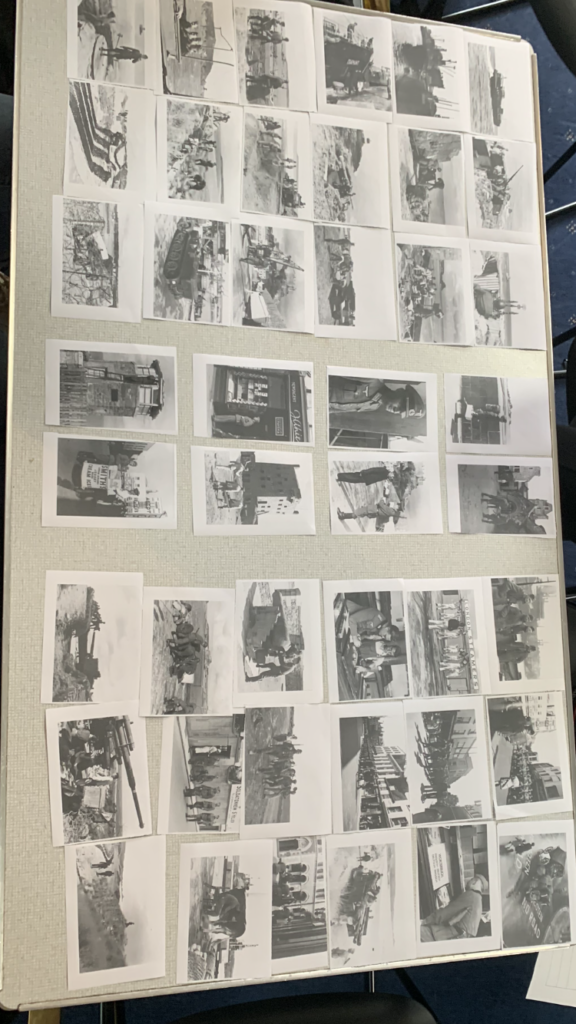The archives in Jersey hold a vast range of images taken during the occupation of Jersey during WW2 (1940-45). The Société Jersiaise studies the history and archaeology of Jersey, and hosts archives that contain documentation and photography that reflects the life and work of those living through the occupation of Jersey, from both allied and axis perspectives. Over 360,000 images can be found in the archives of Société Jersiaise, and many of these images are vital to documenting and remembering the lives of those living through the occupation, and how the invasion of German forces changed not only the lives of inhabitants, but also the impact they had on jerseys natural environment due to the development of military forts, such as bunkers and artillery fortifications along the coasts of Jersey.
We were given a brief history of the archives, and we were shown the influence of photographers such as Ernst Baudoux, who was a photographers working during the late 19th century (when the archive was first constructed). The archive was explained to be an important place in which images from throughout Jersey’s recent history are collected, in order to preserve them which allows for the different generations and landmark events (such as wars) to be reviewed and remembered.
During our trip to the Société Jersiaise, we were able to experience and look into a wide range of archived images, depicting the occupation from the perspective of the German soldiers and officers. The following is a series of images that I took on the day:
The experience at the archives allowed us to get a better understanding of the occupation and how it affected Jersey in multiple ways, from a more personal perspective. The images, when placed together, tell a narrative of the occupation of Jersey, from when it was first invaded in 1940, until its liberation in 1945. These images are all extremely important to preserving the history of Jersey, and they allow us to recount the events of WW2 and the occupation, and remember how life was affected by the invasion for the thousands of inhabitants of the island.
During our visit to the archives, we were asked to create a narrative using the photographs available. This task was used to get us to think about the structure and layout of a series of images (a skill useful in our bunker archaeology project). In doing so, we were able to form a relatively coherent story, using the layout of images to depict a timeline. Our group opted to show the progression of the invasion of Jersey in a more literal sense, moving from the sea to the coast, and continuing inland. We also split the photographs into further sections, showing groups of images as soldiers, artillery and civilians, to further emphasis the divide between the groups on the island during the occupation. The following is the final result:












